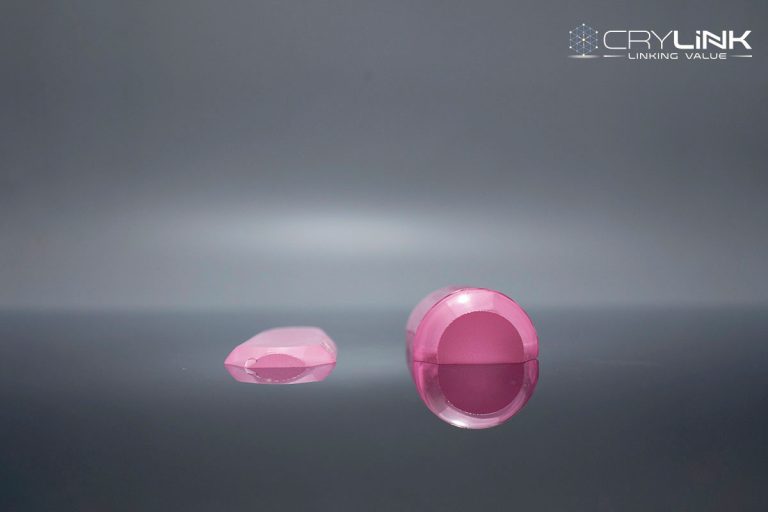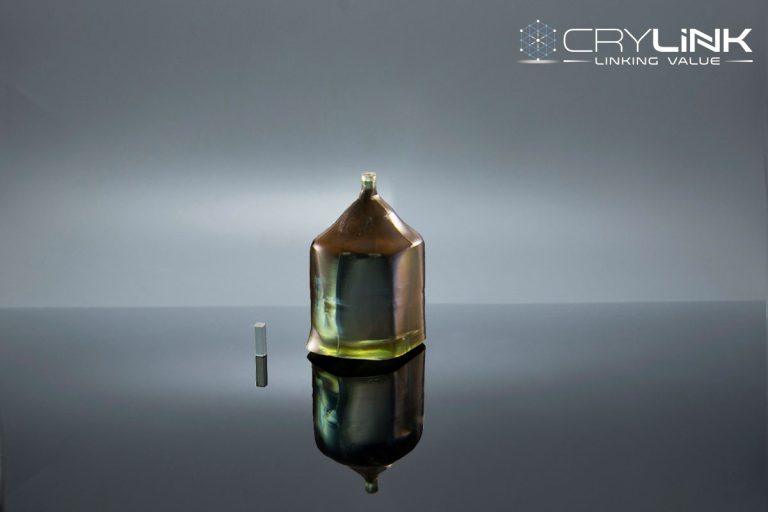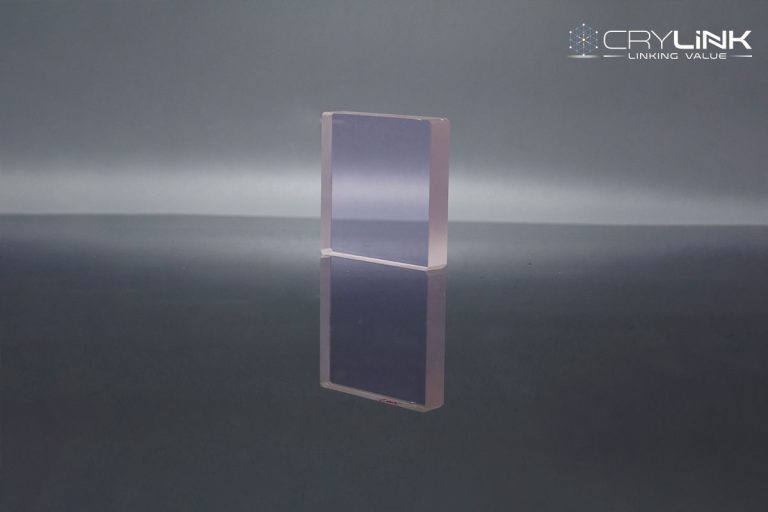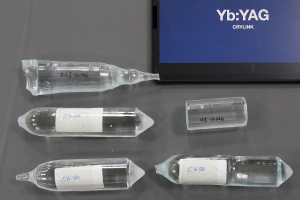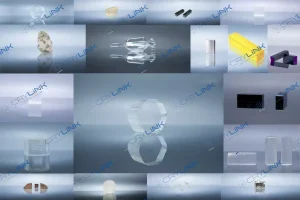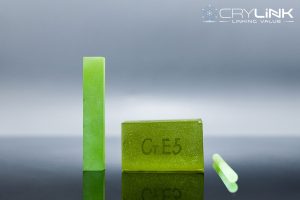Yb: YLF
Yb: YLF Crystal has a high absorption characteristic near the wavelength of 960nm and is suitable for laser with 960nm wavelength. Since the Yb ion has only two energy levels associated with absorption and emission, this special electron configuration makes its heat load small. The high purity material with high external quantum efficiency determines its position in the laser cooling industry. Recently, it has been proved that the temperature accuracy of Yb: YLF Crystal measured by DLT method at 78-300k is ± 1k, which makes Yb: YLF Crystal widely used in the temperature detection direction in the low temperature range. It not only has high thermal conductivity and higher average power, but also as the gain medium of high-power laser does not need temperature control device. So Yb: YLF Crystal is a particularly promising laser material.
Yb: YLF Crystal is a very advantageous Crystal in laser cooling industry
If you want to complete the cooling work, high purity materials with high external quantum efficiency are essential. Because optical refrigeration is based on the principle of anti-stokes fluorescence. After absorbing the energy, the valence electron jumps from the lower energy level to the higher energy level and then spontaneously returns to the lower energy level, emitting fluorescence at a wavelength smaller than that of the excitation radiation from the light source. they also bring heat out when they effectively escape, acting as laser cooling.
Parameter
| Crystal structure | Tetragonal |
| Point group | I41/a |
| Lattice parameters | а = 5,164 Å, c = 10,741 Å |
| Thermal expansion | 4×10-6 / ºC |
| Thermal conductivity | 4,36 W/mK |
| Density | 3,95 g/cm³ |
| Mohs’ hardness | 5 |
| 825 ºC | |
| dno/dT | -2,0×10-6 / ºK |
| dne/dT | -4,1×10-6 / ºK |
| Transmission range | 0.2-5 μm |
| Refractive indices (λ=1.06 μm) | no = 1,448, ne = 1,470 |
| Fluorescence lifetime | 2.1 ms |
| Emission bandwidth | 60 nm |
| Absorption peak wavelength | 960 nm |
| Absorption cross-section at peak | 10.5×10-21 cm2 |
| Absorption bandwidth at peak wavelength | ~10 nm |
| Laser wavelength | 1017 nm |
| Emission cross-section @1053 nm | 4.1×10-21 cm2 |
| Refractive index @1040nm | ~1.4 |
| Typical doping level | 5-20 at.% |
| Orientation | a-cut |
| Clear aperture | >90% |
| Face dimensions tolerance | +0/-0,1 mm |
| Length tolerance | ±0,1 mm |
| Parallelism error | <10 arcsec |
| Perpendicularity error | <10 arcmin |
| Protective chamfers | <0,1 mm at 45˚ |
| Surface quality | 10-5 S-D |
| Surface flatness | <λ/10@632,8 nm |
| Coatings | AR(R<0,5%)@960 nm + AR(R<0,15%) @1000-1060 nm on both faces |
| Laser induced damage threshold | >10 J/cm2@1030 nm, 10 ns |
| Mount | Unmounted |
- Low heat load
- high thermal conductivity
- higher average power
- Extensive tunability
- Laser cooling.
- Temperature detection at low temperatures
- High-average-power subpicosecond pulse lasers
- diode-pumped chirped-pulse regenerative amplifier
[1]Comparative investigation of lasing and amplification performance in cryogenic Yb:YLF systems
[2]Comparison of different in situ optical temperature probing techniques for cryogenic Yb:YLF

